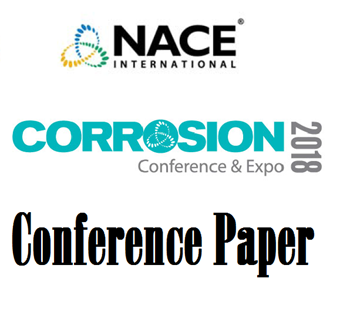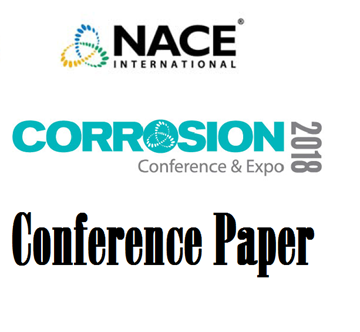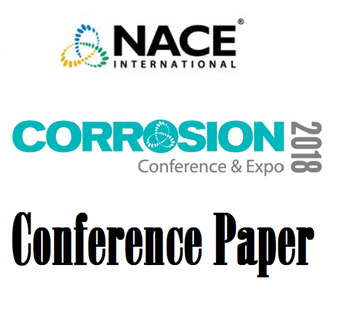Search
51318-10847- A Critical Review of Parameters for Meaningful AC Corrosion Modelling
Also Purchased
51318-10911-Field Examination of AC Accelerated Corrosion Featured in Monitored Locations
Product Number:
51318-10911-SG
Publication Date:
2018
$20.00
51318-10676-Research on the Effects of Environmental Parameters on AC Corrosion Behavior
Product Number:
51318-10676-SG
Publication Date:
2018
$20.00
51318-10898- Comparison of AC Mitigation Grounding Materials Through Electrochemical Analysis
Product Number:
51318-10898-SG
Publication Date:
2018
$20.00




